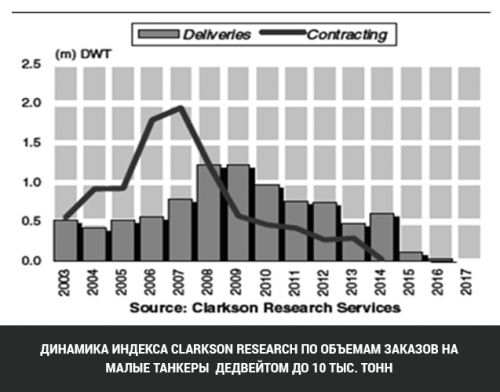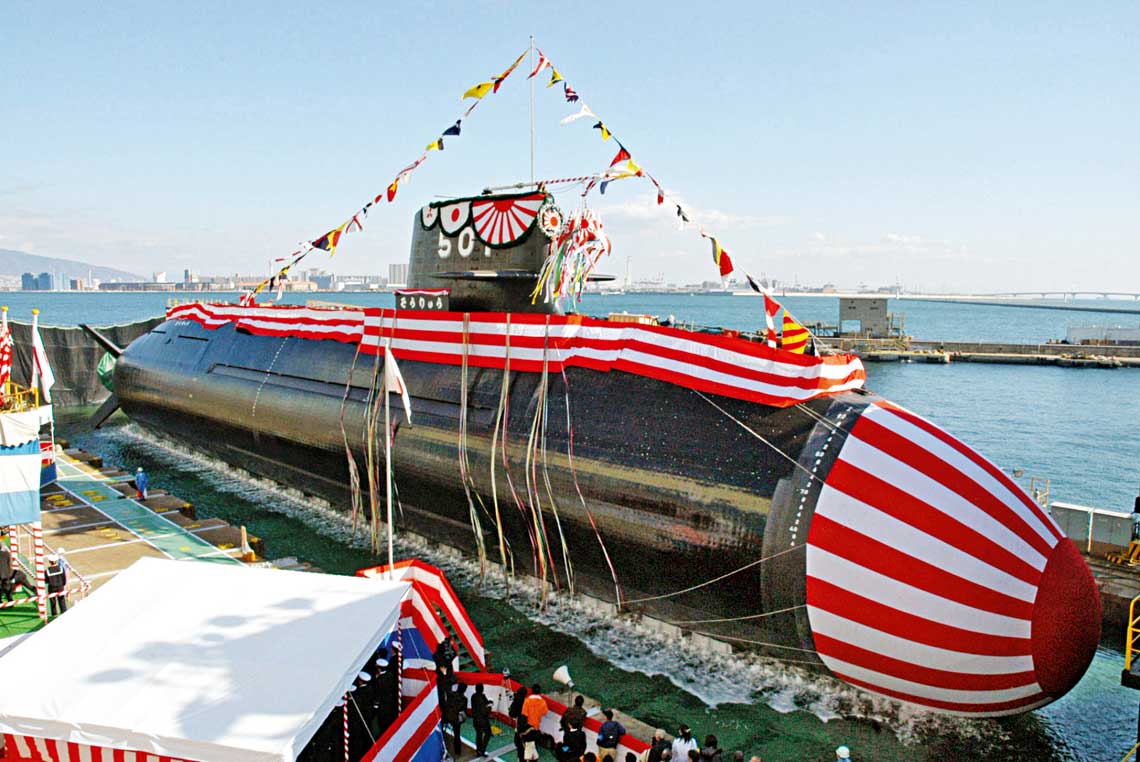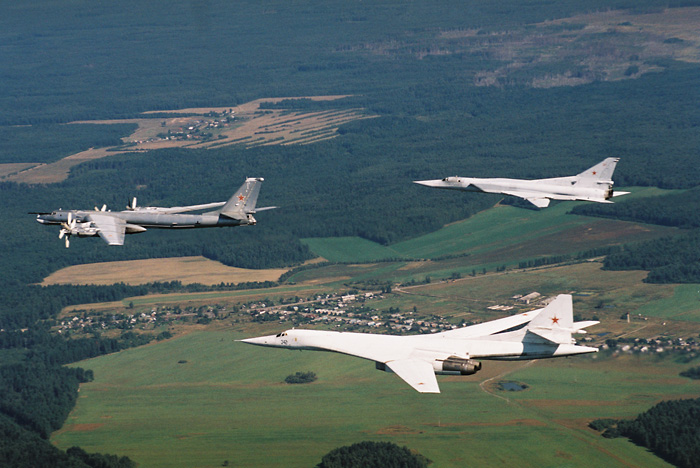
Changes in the global shipbuilding market and European shipyards

Will a change in arms export policy make Japan a significant player in the shipbuilding market? The expansion of the domestic navy will certainly contribute to the development of shipyards and partner companies.
About a decade ago, the position of the European shipbuilding sector in the international shipbuilding market seemed difficult to challenge. However, a combination of several factors, incl. transfer of technology through export programs or the geographic distribution of spending on and demand for new ships has caused that, while we can still say that European countries are industry leaders, we can see more and more questions about this state of affairs with new players.
The sector of modern combat shipbuilding is a very unusual segment of the global arms market, which is due to a number of reasons. First, and in what may seem quite obvious, but at the same time has important implications, it combines two specific industries, usually under the strong influence of state power, military and shipbuilding. In modern realities, shipbuilding programs are most often carried out by specialized shipbuilding companies focused on special production (for example, Naval Group), shipbuilding groups with mixed production (for example, Fincantieri) or armaments groups that also include shipyards (for example, BAE Systems ). . This third model is gradually becoming the most popular in the world. In each of these options, the role of the shipyard (understood as the plant responsible for building and equipping the platform) is reduced by companies responsible for the integration of electronic systems and weapons.
Secondly, the process of designing and building new units is characterized by high unit costs, a long period from the decision to commission (but also a fairly long period of subsequent operation) and a wide range of competencies of business entities involved in the whole process. To illustrate this situation, it is worth citing the well-known program of Franco-Italian frigates of the FREMM type, where the unit cost of the ship is about 500 million euros, the time from keel-laying to commissioning is about five years, and among the companies participating in the program, there are such arms industry giants like Leonardo, MBDA or Thales. However, the probable service life of this type of vessel is at least 30–40 years. Similar features can be found in other programs for the acquisition of multi-purpose surface combatants - in the case of submarines, these figures may be even higher.
The above remarks refer mainly to warships and only to a lesser extent to auxiliary units, logistics and combat support, although especially the last two groups have undergone a significant transformation in recent years, increasing their technical excellence - and thus they have come closer in the specifics of manning combat units.
The question to be asked here is why, then, are modern ships so expensive and time-consuming to obtain? The answer to them is, in fact, very simple - most of them combine these elements (artillery, offensive and defensive missile systems, mines, radars and other means of detection, as well as communication, navigation, command and control and passive defense systems). carry dozens of pieces of equipment. At the same time, the ship is also equipped with systems used only in the marine environment, such as torpedoes or sonar stations, and is usually adapted to take on board various types of flying platforms. All this must comply with the requirements of offshore operations and fit on a platform of limited size. The ship must provide good living conditions for the crew and sufficient autonomy while maintaining high maneuverability and speed, so the design of its platform is more difficult than in the case of a conventional civil ship. These factors, while perhaps not exhaustive, show that a modern warship is one of the most complex weapons systems.

